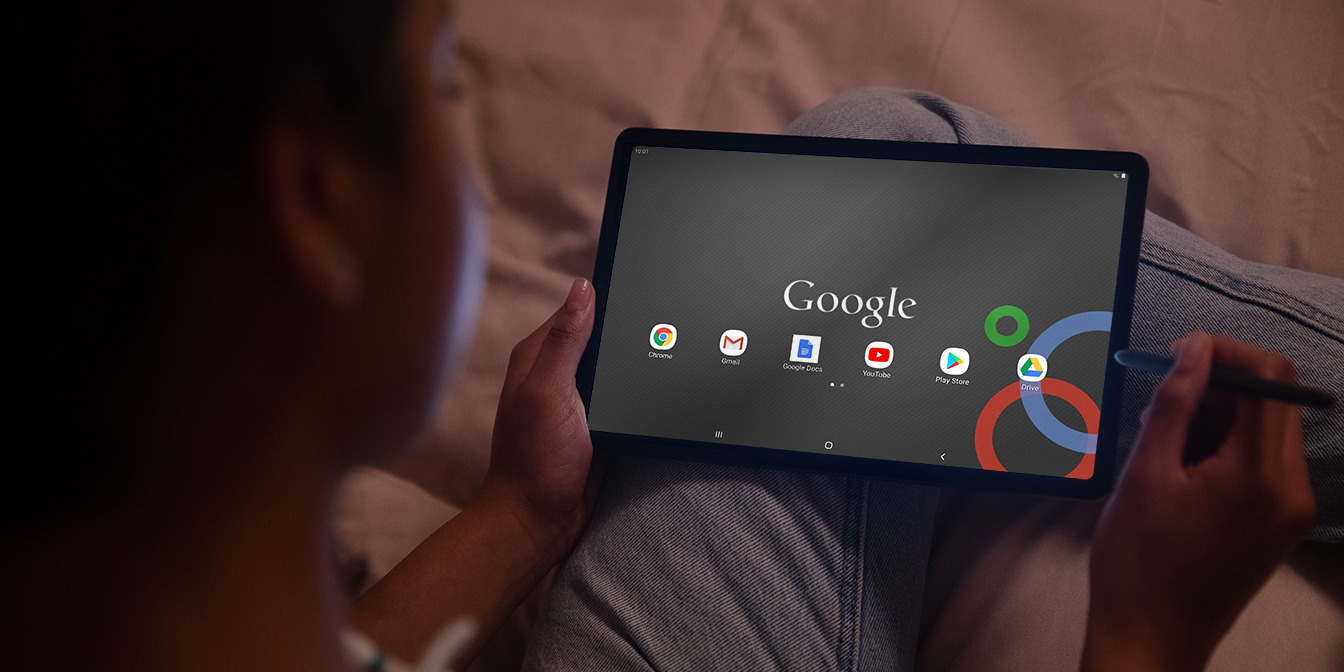
What Are Android Tablets?
Android tablets are mobile devices operating on Google's Android system. Designed for versatility and user-friendliness, they often feature larger screens than smartphones, catering to both personal and professional needs.
History of Android Tablets
The concept of Android tablets dates back to the early 2010s. Initially seen as an extension of smartphones, they offered larger screens and more processing power. Over time, they evolved into standalone devices with unique features.
Early Models
One of the earliest notable Android tablets was the Motorola Xoom, released in 2011. Running on Android 3.0 (Honeycomb), it featured a 10.1-inch screen and a dual-core processor, marketed for both personal and business use.
Market Evolution
Since then, numerous manufacturers have entered the market, offering a wide range of Android tablets. Sizes now vary from compact 7-inch models to large 12-inch devices, suitable for diverse user needs.
Features of Android Tablets
Android tablets offer a variety of features that make them appealing:
Operating System
Running on the Android operating system, these tablets are known for flexibility and customization. The latest versions, such as Android 11 and Android 12, bring significant improvements in performance, security, and user experience.
Display
High-resolution screens provide vibrant colors and crisp text. Screen sizes range from 7 inches to 12 inches or more, allowing users to choose a device that best fits their needs.
Performance
Equipped with powerful processors, Android tablets ensure smooth performance even with demanding applications. Many modern tablets feature multi-core processors, ample RAM, and storage options, making them capable of handling multiple tasks simultaneously.
Connectivity
Supporting various connectivity options including Wi-Fi, Bluetooth, and cellular networks (in some models), Android tablets allow users to stay connected and access the internet from anywhere.
Battery Life
Battery life is critical for any mobile device. Many modern tablets offer long-lasting batteries that can easily last a full day with moderate use.
Storage
Users can expand storage capacity using microSD cards, which is particularly useful for those needing more space for files, apps, or media content.
Cameras
Most Android tablets come equipped with at least one camera, often featuring high-resolution sensors and advanced features like optical zoom and portrait mode. Some high-end models even include dual or triple camera setups for enhanced photography capabilities.
Software Applications
The Google Play Store offers a vast array of apps designed specifically for tablets, including productivity tools, entertainment apps, educational software, and more. Users can also download apps from other sources like Amazon Appstore or Samsung Galaxy Store.
Uses of Android Tablets
Android tablets are versatile devices suitable for various contexts:
Personal Use
Ideal for reading books, watching movies, browsing the internet, playing games, and staying connected with friends and family through social media.
Productivity
In a professional setting, Android tablets serve as powerful productivity tools. They can be used for tasks like email management, document editing (using apps like Microsoft Office or Google Docs), and even running full-fledged office software.
Education
Educational institutions often utilize Android tablets as part of their curriculum. These devices can be used to access educational content, participate in online classes, and engage in interactive learning activities.
Gaming
Gaming is another significant use case for Android tablets. With the rise of cloud gaming services like Google Stadia and NVIDIA GeForce Now, users can enjoy high-quality gaming experiences on their tablets without needing a dedicated console.
Latest Trends in Android Tablets
The market for Android tablets is constantly evolving with new trends and innovations:
Foldable Displays
Foldable displays allow users to transform their tablets into smaller devices when not in use. Devices like Samsung's Galaxy Z Fold series have set a new standard for flexibility in mobile devices.
5G Connectivity
The advent of 5G networks has significantly enhanced the capabilities of Android tablets by providing faster data speeds and lower latency. This enables seamless video streaming, online gaming, and other bandwidth-intensive activities.
Artificial Intelligence (AI)
Many modern Android tablets incorporate AI-driven features such as smart assistants (like Google Assistant), predictive maintenance, and personalized recommendations based on user behavior.
Augmented Reality (AR)
AR technology is becoming increasingly prevalent in mobile devices including Android tablets. Apps like Pokémon Go and Google ARCore demonstrate how AR can enhance user experiences by overlaying digital information onto real-world environments.
Buying Guide for Android Tablets
When considering purchasing an Android tablet, keep several factors in mind:
Purpose
Determine how you plan to use the tablet—whether it's primarily for personal entertainment or professional productivity—to choose the right size and specifications.
Processor & RAM
Ensure that the processor is powerful enough to handle your intended tasks and that there is sufficient RAM for smooth performance.
Display Quality
Consider the screen size and resolution; higher resolutions like Full HD or 4K offer better visual quality but may consume more battery life.
Storage Capacity
Assess your storage needs; if you plan on storing large files or apps, opt for a model with expandable storage via microSD cards.
Battery Life
Check the battery life; look for devices with long-lasting batteries or those that support fast charging for quick top-ups.
Operating System Version
Ensure that the device runs on a recent version of Android as this will provide better security updates and new features.
Additional Features
Consider additional features such as cameras, speakers, and connectivity options (like USB-C ports) depending on your specific requirements.
Android tablets have come a long way since their inception in the early 2010s. From their initial role as extended smartphones to becoming standalone devices with unique functionalities, they continue to evolve with advancements in technology. Whether you're looking for a device for personal entertainment or professional productivity, there's an Android tablet out there tailored to meet your needs.
As we move forward into an era dominated by foldable displays, 5G connectivity, AI-driven features, and AR capabilities, it's exciting to see how these innovations will shape the future of mobile computing. With their versatility and affordability, Android tablets remain an excellent choice for anyone seeking a powerful yet user-friendly mobile device.
